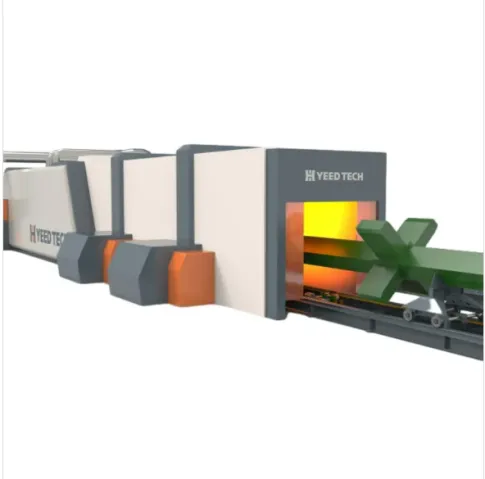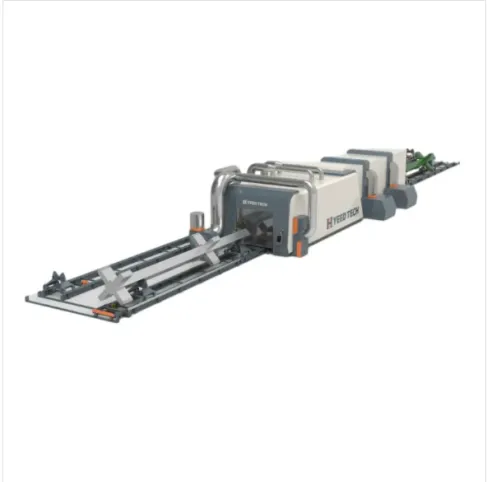
- Afrikaans
- Albanian
- Amharic
- Arabic
- Armenian
- Azerbaijani
- Basque
- Belarusian
- Bengali
- Bosnian
- Bulgarian
- Catalan
- Cebuano
- China
- China (Taiwan)
- Corsican
- Croatian
- Czech
- Danish
- Dutch
- English
- Esperanto
- Estonian
- Finnish
- French
- Frisian
- Galician
- Georgian
- German
- Greek
- Gujarati
- Haitian Creole
- hausa
- hawaiian
- Hebrew
- Hindi
- Miao
- Hungarian
- Icelandic
- igbo
- Indonesian
- irish
- Italian
- Japanese
- Javanese
- Kannada
- kazakh
- Khmer
- Rwandese
- Korean
- Kurdish
- Kyrgyz
- Lao
- Latin
- Latvian
- Lithuanian
- Luxembourgish
- Macedonian
- Malgashi
- Malay
- Malayalam
- Maltese
- Maori
- Marathi
- Mongolian
- Myanmar
- Nepali
- Norwegian
- Norwegian
- Occitan
- Pashto
- Persian
- Polish
- Portuguese
- Punjabi
- Romanian
- Russian
- Samoan
- Scottish Gaelic
- Serbian
- Sesotho
- Shona
- Sindhi
- Sinhala
- Slovak
- Slovenian
- Somali
- Spanish
- Sundanese
- Swahili
- Swedish
- Tagalog
- Tajik
- Tamil
- Tatar
- Telugu
- Thai
- Turkish
- Turkmen
- Ukrainian
- Urdu
- Uighur
- Uzbek
- Vietnamese
- Welsh
- Bantu
- Yiddish
- Yoruba
Automatic Spray Painting for Furniture
The furniture manufacturing industry is revolutionizing its finishing processes with automatic paint sprayer technology. These advanced automatic spraying line solutions deliver superior results compared to manual methods, offering perfect uniformity and significant material savings through automatic spray painting systems.

Benefits of Automatic Paint Sprayer for Furniture
• Consistent coating quality across all furniture pieces
• 60-80% reduction in paint waste compared to manual spraying
• 3x faster production speeds with automatic spraying line
• Perfect edge coverage on complex furniture shapes
• Repeatable results batch after batch
Key Features of Automatic Spray Painting Systems
• 3D scanning technology adapts to furniture contours
• Programmable automatic paint sprayer patterns
• Self-cleaning nozzles for continuous operation
• Two-stage filtration maintains clean spray
• Energy-efficient drying chambers (40-80°C)
Automatic Spraying Line Configuration
• Modular design for different furniture sizes
• Conveyor speeds adjustable up to 20 fpm
• Multiple automatic paint sprayer stations
• Integrated drying tunnels
• Quality inspection cameras
Paint Application with Automatic Spray Painting
• Uniform coating thickness (80-120μm)
• Precise overlap control
• Automatic viscosity adjustment
• Quick color change capability
• Waste collection system
Maintenance for Automatic Paint Sprayer
• Daily nozzle cleaning
• Weekly filter replacement
• Monthly lubrication
• Quarterly calibration
• Annual system overhaul

Automatic Paint Sprayer FAQs
Q: What safety measures are essential for operating an automatic spraying line?
A: Operating an automatic spraying line requires strict safety measures. Ensure proper ventilation to disperse paint fumes and reduce VOC exposure. Install emergency stop buttons at key points to halt operations instantly. Use protective barriers or enclosures to contain overspray and prevent unauthorized access. Equip operators with PPE like respirators, goggles, and gloves. Regularly inspect electrical components to avoid sparks, especially with flammable paints. Also, implement fire suppression systems (e.g., sprinklers) and train staff on emergency protocols to minimize risks.
Q: How to achieve uniform results with automatic spray painting?
A: To achieve uniform results with automatic spray painting, calibrate equipment regularly to ensure consistent pressure, paint flow, and nozzle distance from the surface. Use high-quality, filtered paint to avoid clogs or uneven texture. Optimize conveyor speed (for lines) to match paint drying times, preventing drips or overlaps. Test spray patterns on sample materials first, adjusting settings like atomization and coverage. Maintain clean nozzles and replace worn parts promptly—debris or damaged components can disrupt uniformity. Finally, ensure the surface is prepped (clean, smooth, and primed) for optimal paint adhesion.
Q: What maintenance does an automatic paint sprayer require?
A: An automatic paint sprayer needs regular maintenance to perform well. Clean nozzles, hoses, and reservoirs after each use to prevent paint buildup and clogs—use solvent or water (based on paint type). Lubricate moving parts (e.g., pumps, gears) per manufacturer guidelines to reduce friction. Inspect seals and gaskets for leaks, replacing them if worn. Check filters monthly and replace dirty ones to protect internal components. Calibrate pressure settings quarterly to ensure accuracy. For electronic models, update software as needed and keep sensors clean to avoid malfunctions.
Q: Can an automatic spraying line handle different material types?
A: Yes, an automatic spraying line can handle various material types with adjustments. For metal, use high-adhesion primers and adjust pressure for better coverage. Wood may require lower pressure to prevent paint absorption unevenness, plus pre-treatment to seal pores. Plastics often need specialized paints and static charge systems to improve paint adherence. Glass and ceramics may need heat-cured paints, with line modifications like ovens for drying. Most lines allow swapping nozzles, adjusting conveyor speed, or changing paint delivery systems to accommodate materials from soft fabrics to hard metals.
Q: What factors affect the cost of automatic spray painting services?
A: The cost of automatic spray painting services depends on several factors. Material type (e.g., high-performance industrial paints cost more than standard acrylics) and quantity—bulk projects often get volume discounts. Surface size and complexity matter: intricate parts with curves or crevices take longer, increasing labor (or machine time) costs. Prep work (cleaning, sanding, priming) adds to expenses, especially for heavily worn or rusted items. Custom finishes (e.g., metallic, textured, or multi-color) require specialized equipment, raising costs. Finally, turnaround time—rush orders may incur premium fees for prioritized machine use.
Welcome to Yeed Tech Co., Ltd. https://www.yeeeed.com/ – where steel meets smart innovation, and every cut, weld, and spray tells a story of precision reimagined.
As pioneers in intelligent steel structure solutions, we’re not just building equipment – we’re rewriting the rules of production. Our lineup of tech-driven tools – from intelligent spraying lines that coat steel components with flawless accuracy to high-power laser cutting machines that carve with micron-level precision – isn’t just about replacing manual labor. It’s about unlocking speed, safety, and consistency that transforms your workflow.
Picture this: gas-shielded welding arms moving with the grace of a craftsman, but with the reliability of a machine. Smoke control systems that keep your workspace clean, turning harsh industrial environments into hubs of efficiency. Cutting lines that adapt to your designs, whether you’re forging skyscraper beams or intricate metal parts.
At YEED TECH, “intelligent” isn’t just a buzzword. It’s in the way our equipment integrates seamlessly – cutting, forming, welding, painting – into a single, harmonious process. It’s in our commitment to innovation that grows with your needs, making even the most complex steel projects feel effortless.
Whether you’re scaling production, chasing tighter tolerances, or simply aiming to make your workshop smarter, you’re in the right place. Here, steel structure manufacturing isn’t just a process – it’s a revolution. And we’re thrilled to have you join us.
Welcome to the future of steel. Welcome to YEED TECH.
Products Categories
Latest News
-
Unveiling the World of Container Handling Equipment in the Marketplace
NewsAug.27,2025 -
Unlocking the Potential of Container Lifting Equipment
NewsAug.27,2025 -
Essential Equipment in Container Handling: A Comprehensive Overview
NewsAug.27,2025 -
Efficient Solutions for Shipping Container Manipulation
NewsAug.27,2025 -
Efficient Solutions for Container Handling: Equipment Insights
NewsAug.27,2025 -
Efficient Solutions for Container Handling: A Comprehensive Overview
NewsAug.27,2025 -
Welding Fume Composition Analysis
NewsAug.26,2025











